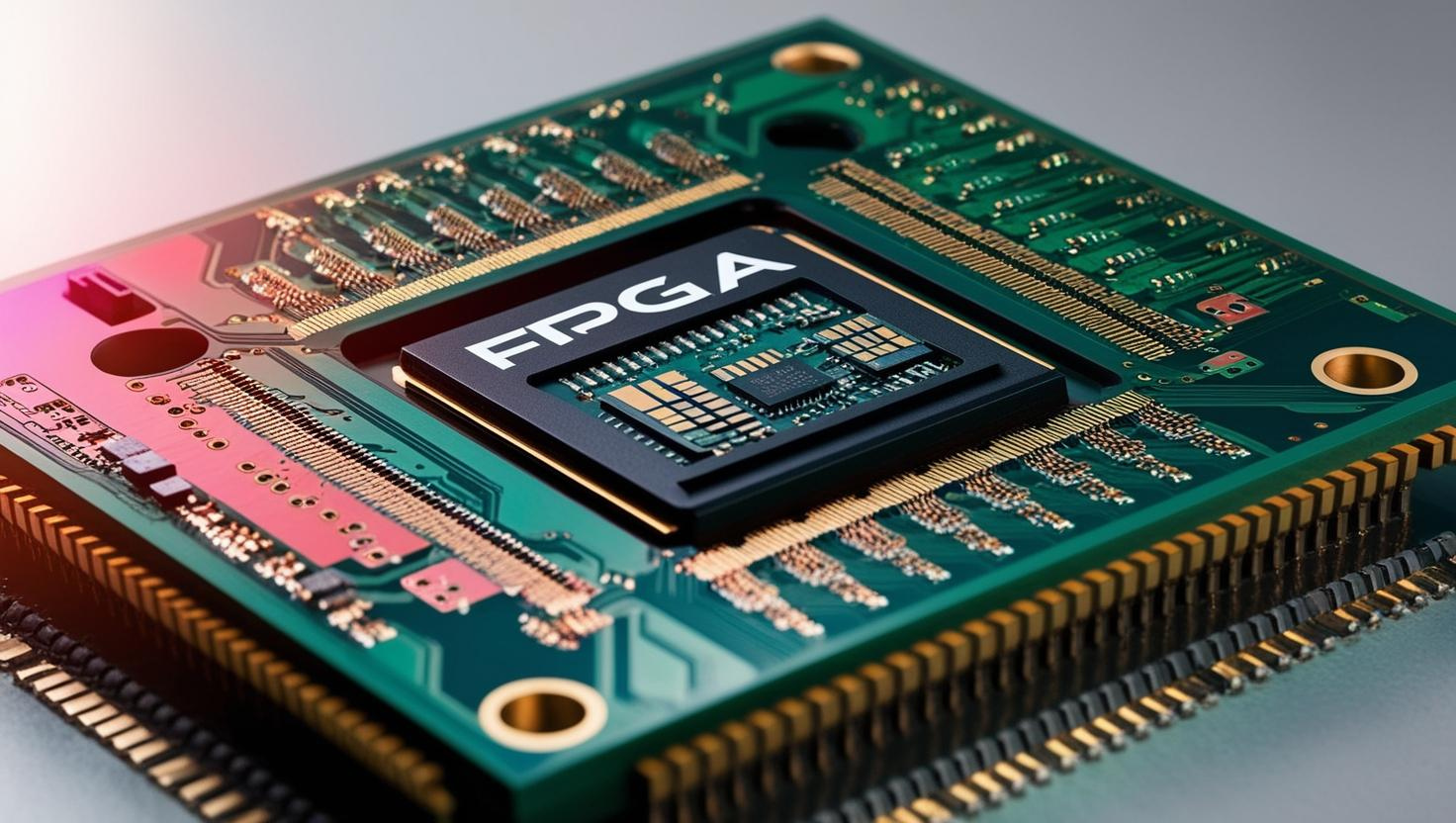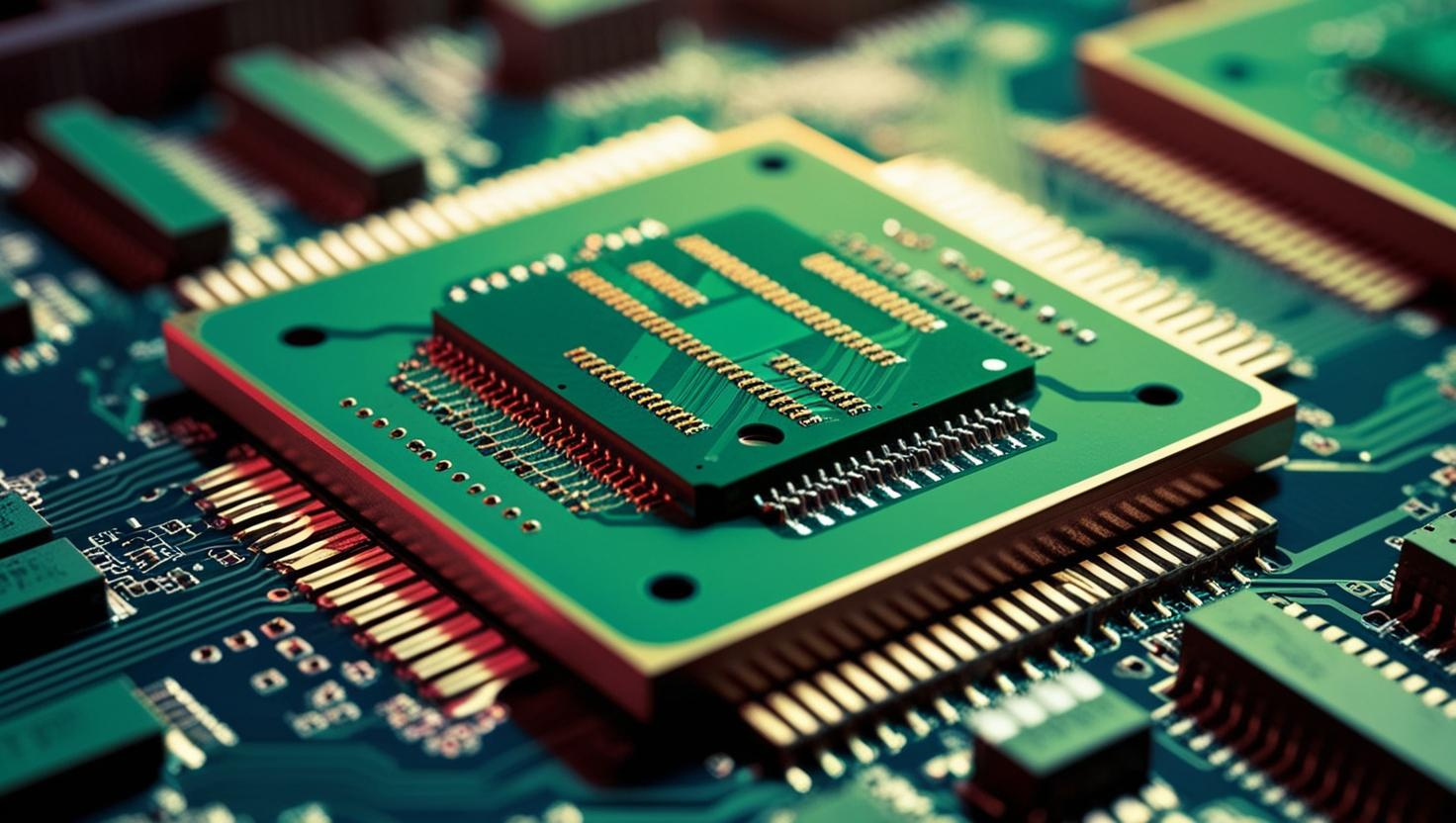The Future of FPGA Market: Trends, Growth Drivers, and Innovations Shaping the Industry
The field of Field-Programmable Gate Arrays (FPGAs) has witnessed remarkable growth over the past decade, and the future of FPGA market promises even more exciting developments. As industries increasingly demand flexible, high-performance, and energy-efficient computing solutions, FPGAs are emerging as a critical technology. This article delves into the future of FPGA market, exploring key trends, growth drivers, and innovations that are set to redefine the industry.
FPGAs are semiconductor devices that can be programmed and reprogrammed to perform specific tasks, making them highly versatile. Unlike traditional processors, FPGAs offer customizable hardware that can be tailored to meet the unique needs of various applications. This flexibility has made FPGAs indispensable in industries such as telecommunications, automotive, healthcare, and artificial intelligence.
The future of FPGA market is closely tied to the growing demand for high-performance computing (HPC) and the need for energy-efficient solutions. As the world becomes more data-driven, the ability to process vast amounts of information quickly and efficiently is paramount. FPGAs are uniquely positioned to meet this demand, thanks to their parallel processing capabilities and low power consumption.

Key Trends Shaping the Future of FPGA Market
Several trends are driving the evolution of the FPGA market, and understanding these trends is crucial to predicting the future of FPGA market. One of the most significant trends is the increasing adoption of FPGAs in data centers. As cloud computing and big data analytics continue to grow, data centers are under pressure to deliver faster and more efficient processing. FPGAs are being used to accelerate workloads, reduce latency, and improve energy efficiency in these environments.
Another trend shaping the future of FPGA market is the rise of artificial intelligence (AI) and machine learning (ML). FPGAs are increasingly being used to accelerate AI and ML algorithms, thanks to their ability to handle complex computations in parallel. This is particularly important in applications such as natural language processing, computer vision, and autonomous vehicles, where real-time processing is critical.
The automotive industry is also playing a significant role in the future of FPGA market. With the advent of electric vehicles (EVs) and advanced driver-assistance systems (ADAS), the demand for FPGAs is on the rise. FPGAs are being used to power everything from infotainment systems to autonomous driving platforms, making them a key component of the modern automotive ecosystem.
Download PDF Brochure for More Info @ https://www.marketsandmarkets.com/pdfdownloadNew.asp?id=194123367
Growth Drivers Fueling the Future of FPGA Market
The future of FPGA market is being fueled by several growth drivers, including the increasing demand for high-speed connectivity and the proliferation of Internet of Things (IoT) devices. As more devices become connected, the need for efficient data processing and communication is growing. FPGAs are being used to enable high-speed data transfer and real-time processing in IoT applications, from smart homes to industrial automation.
Another key growth driver is the push for energy efficiency. As concerns about climate change and energy consumption grow, industries are looking for ways to reduce their carbon footprint. FPGAs offer a compelling solution, as they consume less power than traditional processors while delivering superior performance. This makes them an attractive option for applications ranging from data centers to renewable energy systems.
The future of FPGA market is also being driven by advancements in semiconductor technology. As FPGA manufacturers continue to innovate, we are seeing the development of more powerful and efficient devices. For example, the introduction of 7nm and 5nm FPGA chips is enabling higher performance and lower power consumption, opening up new possibilities for applications in AI, HPC, and beyond.
Innovations Transforming the Future of FPGA Market
Innovation is at the heart of the future of FPGA market, and several groundbreaking developments are set to transform the industry. One of the most exciting innovations is the integration of FPGAs with other technologies, such as CPUs and GPUs. This hybrid approach allows for greater flexibility and performance, enabling FPGAs to tackle even more complex tasks.
Another innovation shaping the future of FPGA market is the development of software-defined FPGAs. Traditionally, programming FPGAs required specialized knowledge and expertise. However, advancements in software tools are making it easier for developers to design and deploy FPGA-based solutions. This is lowering the barrier to entry and expanding the potential applications of FPGAs.
The future of FPGA market is also being shaped by the rise of open-source FPGA tools and platforms. Open-source initiatives are democratizing access to FPGA technology, enabling more developers to experiment and innovate. This is fostering a vibrant ecosystem of FPGA-based solutions and driving further growth in the market.

Challenges and Opportunities in the Future of FPGA Market
While the future of FPGA market is bright, there are also challenges that need to be addressed. One of the main challenges is the complexity of FPGA design. Despite advancements in software tools, designing and programming FPGAs remains a complex and time-consuming process. This can be a barrier to adoption, particularly for smaller companies with limited resources.
Another challenge is the competition from other technologies, such as ASICs and GPUs. While FPGAs offer unique advantages, they are not always the best solution for every application. As a result, FPGA manufacturers need to continue innovating and differentiating their products to stay competitive.
Despite these challenges, the future of FPGA market is full of opportunities. The growing demand for AI, IoT, and high-performance computing is creating new use cases for FPGAs, and advancements in technology are opening up new possibilities. By addressing the challenges and capitalizing on the opportunities, the FPGA market is poised for continued growth and success.
The Role of FPGAs in Emerging Technologies
The future of FPGA market is closely tied to the development of emerging technologies. One area where FPGAs are expected to play a significant role is in quantum computing. Quantum computers require highly specialized hardware to perform complex calculations, and FPGAs are being explored as a potential solution. While quantum computing is still in its early stages, the integration of FPGAs could accelerate its development and adoption.
Another emerging technology that is shaping the future of FPGA market is 5G. The rollout of 5G networks is driving demand for high-speed, low-latency communication, and FPGAs are being used to enable these capabilities. From base stations to network infrastructure, FPGAs are playing a critical role in the deployment of 5G technology.
The future of FPGA market is also being influenced by the rise of edge computing. As more data is generated at the edge of the network, there is a growing need for real-time processing and analysis. FPGAs are being used to power edge computing devices, enabling faster and more efficient data processing in applications such as smart cities, industrial automation, and healthcare.

The Impact of Geopolitical Factors on the Future of FPGA Market
Geopolitical factors are also playing a role in shaping the future of FPGA market. The ongoing trade tensions between the United States and China, for example, are impacting the global semiconductor industry. As a result, FPGA manufacturers are being forced to navigate a complex and uncertain landscape.
At the same time, governments around the world are investing in semiconductor technology as a strategic priority. This is creating new opportunities for FPGA manufacturers, particularly in regions such as Europe and Asia. By leveraging these opportunities, the FPGA market can continue to grow and thrive in the face of geopolitical challenges.
The Future of FPGA Market: A Look Ahead
The future of FPGA market is full of promise, with exciting developments on the horizon. As industries continue to demand high-performance, energy-efficient, and flexible computing solutions, FPGAs are set to play an increasingly important role. From AI and IoT to 5G and quantum computing, the applications for FPGAs are vast and varied.
By staying at the forefront of innovation and addressing the challenges ahead, the FPGA market is poised for continued growth and success. As we look to the future, one thing is clear: the future of FPGA market is bright, and the possibilities are endless.
FAQs
What is the future of FPGA market?
The future of FPGA market is characterized by rapid growth, driven by increasing demand for high-performance computing, AI, IoT, and energy-efficient solutions. Innovations in semiconductor technology and the integration of FPGAs with other technologies are also shaping the market's future.
How are FPGAs used in AI and machine learning?
FPGAs are used to accelerate AI and machine learning algorithms due to their parallel processing capabilities. They are particularly effective in applications such as natural language processing, computer vision, and autonomous vehicles.
What industries are driving the growth of the FPGA market?
Industries such as telecommunications, automotive, healthcare, and data centers are driving the growth of the FPGA market. The rise of 5G, electric vehicles, and edge computing is also contributing to the market's expansion.
What are the challenges facing the FPGA market?
Challenges include the complexity of FPGA design, competition from other technologies like ASICs and GPUs, and geopolitical factors such as trade tensions. However, ongoing innovation and advancements in software tools are helping to address these challenges.
How is the FPGA market expected to evolve in the next decade?
The FPGA market is expected to continue growing, with advancements in semiconductor technology, increased adoption in emerging technologies like quantum computing and 5G, and the development of more user-friendly software tools driving innovation and expansion.
80% of the Forbes Global 2000 B2B companies rely on MarketsandMarkets to identify growth opportunities in emerging technologies and use cases that will have a positive revenue impact.
- Leading Automated Guided Vehicle Companies 2024: An In-depth Analysis
- CHARGED UP: SHIFT TO E-MOBILITY AND THE EVOLUTION OF TRANSPORTATION
- Global Automotive Market: Predictions For 2024
- Revolutionizing Depot Charging: Hockey Stick Growth on the Cards
- The Future of Silicon Battery Industry: Innovations and Market Outlook


